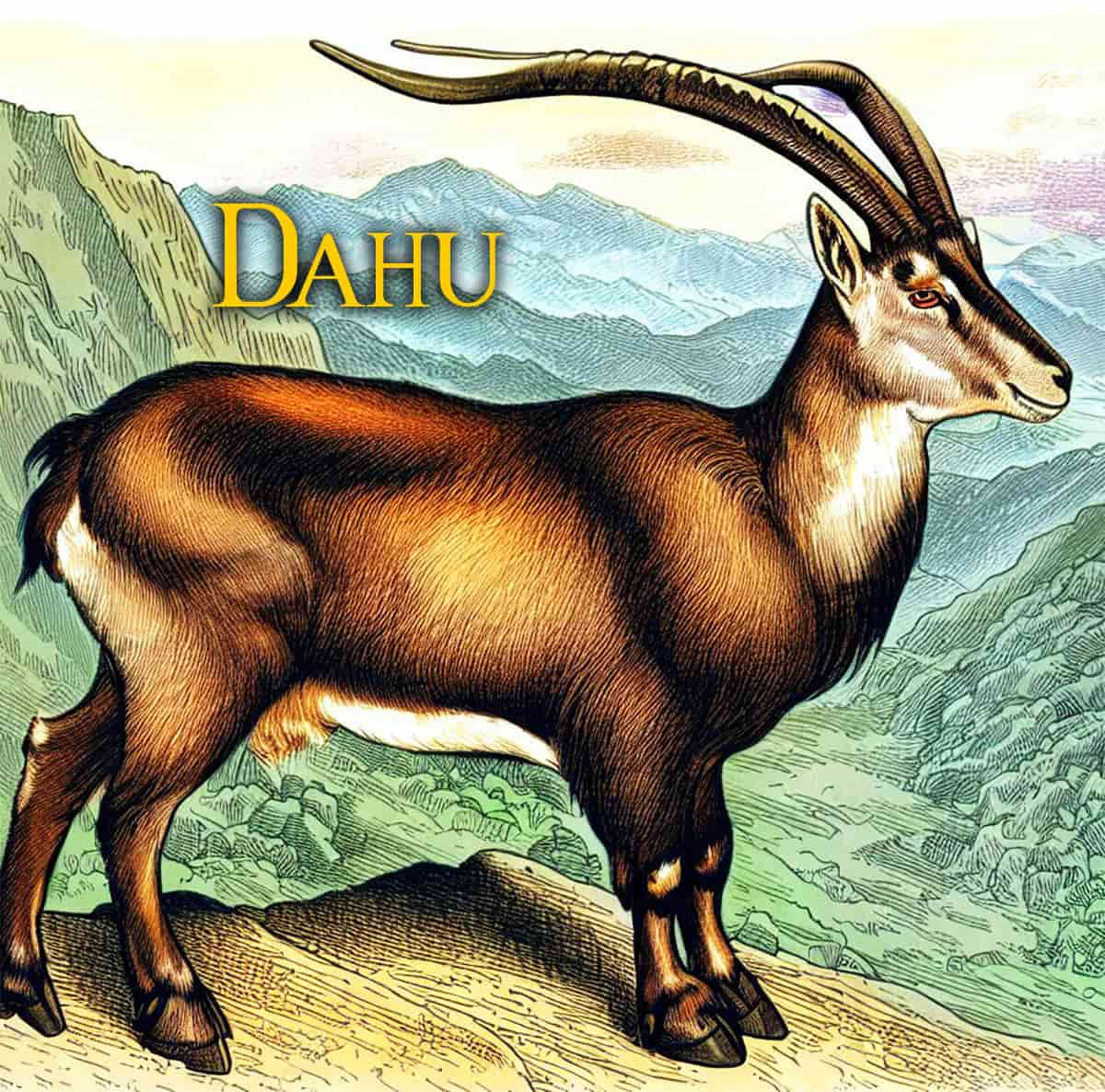Dahu: A Fabled Goat of French, Swiss, and Italian Villages
The Dahu, a mysterious mountain goat, adapts with two shorter legs, baffling hunters who visit the Alps.

The Dahu, a mysterious mountain goat, adapts with two shorter legs, baffling hunters who visit the Alps.

